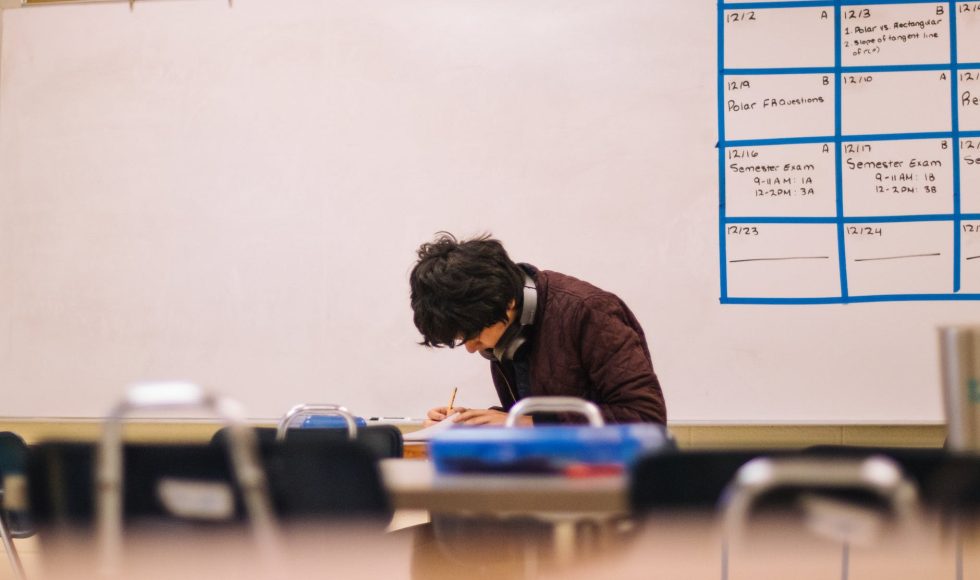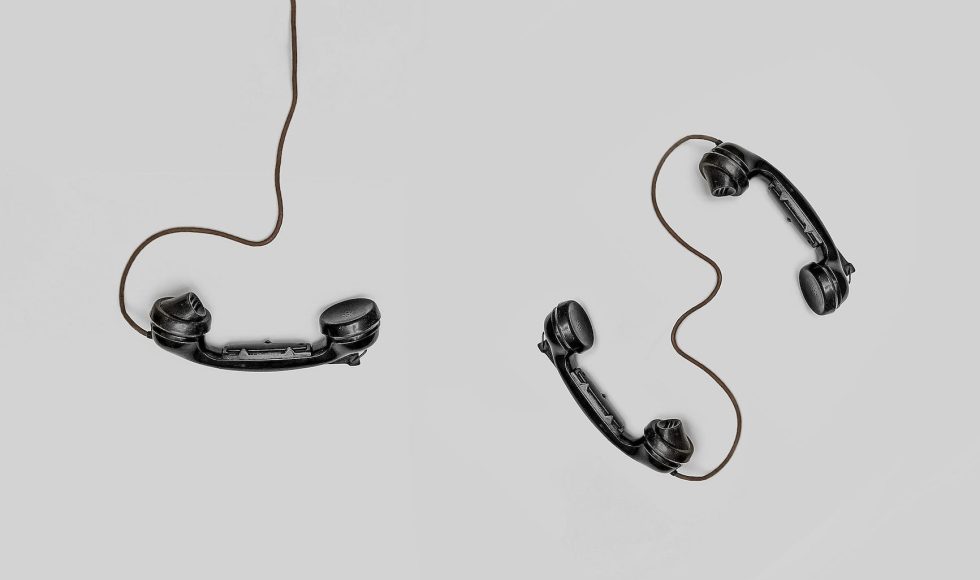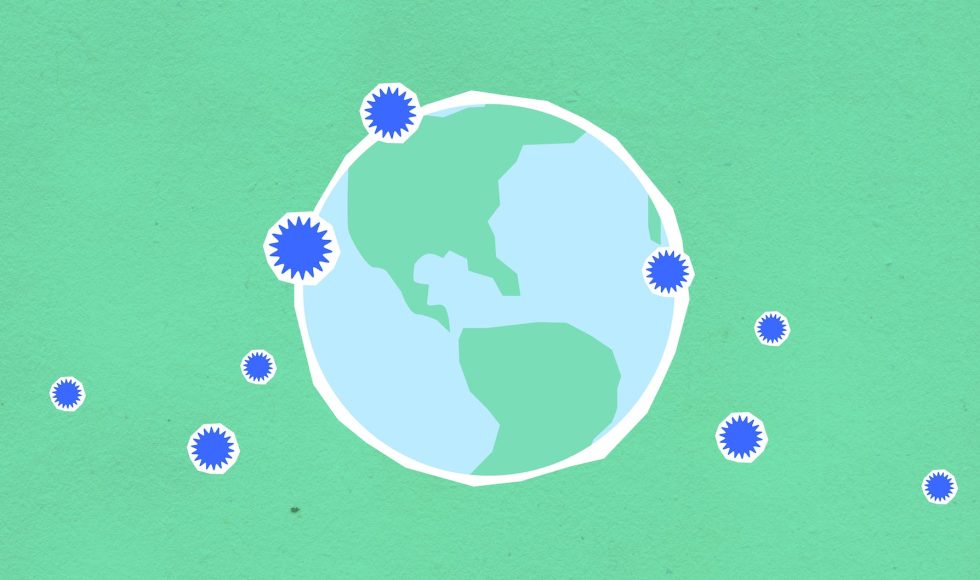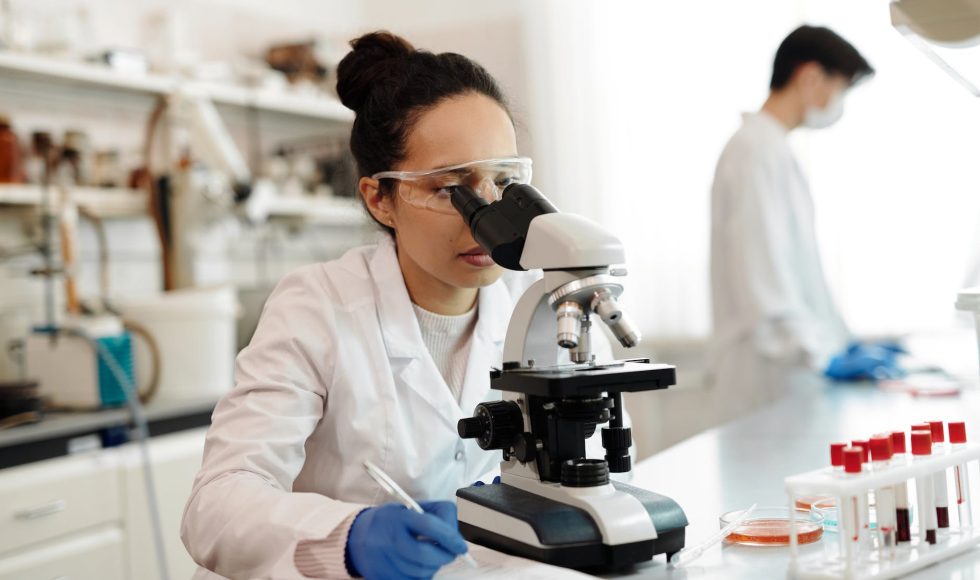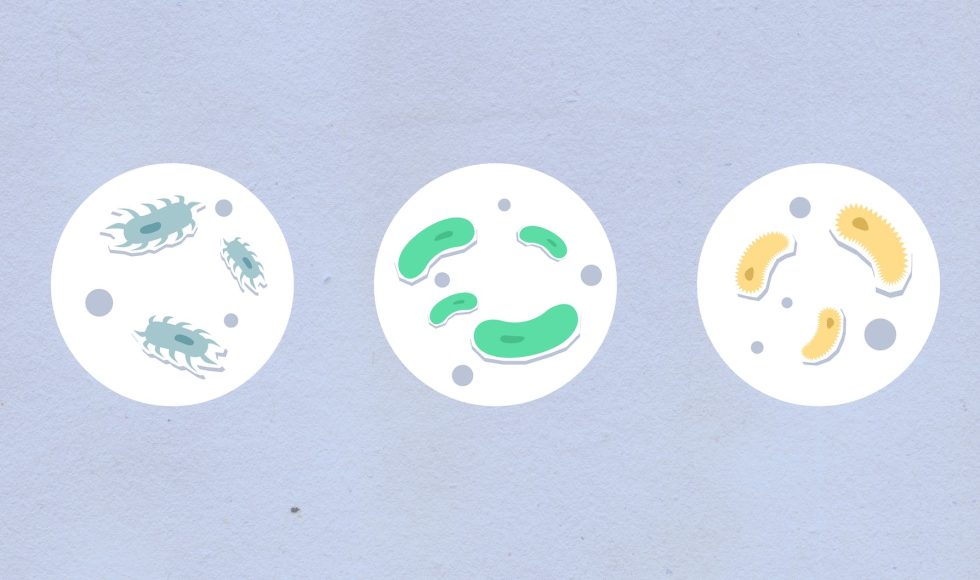My good friend, co-facilitator, and blogger, Melanie Lenahan, shared the playlist from the Alternative Assessment Institute 2022. Yay! I now have 15 sessions + 1 keynote to watch. I started with Nadia Jaramillo‘s presentation entitled “Alternative Assessment in Asynchronous Courses.” Jaramillo is an instructional designer and was an instructor. They provided definitions and examples to […]
Tonight I watched an ASMCUE 2022 recorded poster presentation entitled “Understanding the Effects of Administration Stakes and Setting on Biology Concept Assessment Scores.” Crystal Uminski from the University of Nebraska – Lincoln was the presenter. They defined concept assessments as tools to measure student learning particularly in biology. They used the cell biology instrument and […]
The last plenary of ASMCUE 2022 was entitled “Communicating Science: Building Bridges not Barriers/Closing comments” and presented by Nancy Boury from Iowa State University. This was the last talk of ASMCUE. Boury teaches general microbiology, genetics, and biology as well as some advanced courses. Boury shared a quote from an introductory first-year biology course with […]
Heather Seitz, Professor of Biology and Biotechnology at Johnston County Community College, presented a session at ASMCUE 2022 about ASK BIO: The Advancing Assessment Skills in Biology Network. The title of the session was “What makes a good question? Examining Assessment Practices in Undergraduate Biology.” Their goal is to advance assessment skills in the life […]
The ASMCUE 2022 microbrew session I watched tonight was entitled “Microbrew. Empathetically Engaging With Our Community Through A Service Learning Project.” Pete Chandrangsu, an assistant professor at Scripps College, and Jessie Lee Mills, an assistant professor at Pomona College, were the presenters. They collaborated with the Latino & Latina Roundtable and Pitzer College. Chandrangsu teaches […]
“Microbrew. Implementing team science training in course-based undergraduate research experiences (CUREs)” was the session title I watched tonight. Anna C. Ward and Heather D. Vance-Chalcraft were the presenters. I know Vance-Chalcraft from citizen science work in the area. I also watched this session live, and it was good to return to it after a coupe […]
Jaclyn A. Madden, Associate Professor at Hartford Community College, was the speaker at ASMCUE 2022 for the microbrew entitled “Undergraduates as Science Communicators: How to Engage Students in SciComm.” Jackie Madden teaches biotechnology. Madden defined “SciComm” as how scientists explain science to non-scientists. Effective SciComm requires letting go of technical jargon and benefits students as […]
Tonight I returned from Denver and watched SNL and spooky stories with the family. We then watched the ASMCUE 2022 Microbrew: “Cultivating Conversations: Talking about racial justice & inclusion with faculty and students.” Amy Siegesmund from the Department of Biology at Pacific Lutheran University started by asking the audience to share in the chat their […]
I started watching the live (now recorded) ASMCUE 2022 sessions. I started with a microbrew entitled: “Utilizing BioRender in the Classroom for the Visualization of Scientific Concepts” since I am using BioRender more and more now. Sally R. Chamberland from Springfield College teaches several biology, microbiology, and genetics courses and uses BioRender. They spoke about […]
Emily M. Wollmuth from Cornell spoke at ASMCUE about 3D bacterial models. The ten-minute recorded session was entitled: “The Use of 3D Printed Cell Models to Improve Understanding of Bacterial Cell Size and Physiology.” Wollmuth spoke about how cell size of bacteria is limited by “reliance on passive diffusion for nutrient uptake” and have to […]



